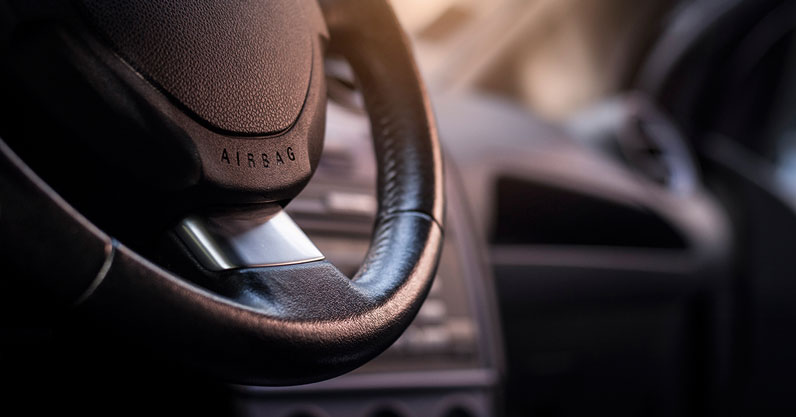6 Car Safety Features That Can Also Put You At Risk
4 min readCars have come a long way when it comes to safety since the invention of the three-point seat belt back in 1959. Now we have full 360 viewing angles and self-parking mechanisms that seem like they came out of movies set in the future.

While this is all worthwhile and we’re pretty sure these technologies were vetted by a couple of studies on road safety, just how much of our personal control and awareness are being relegated to machines? Has driving become an unengaging and mindless chore that might make it more dangerous, thus putting you at risk? Do these electronic nannies rob you of your good old intuition and sense?
Just like everything electric or mechanical, they’re bound to fail or misfire at some point. Here are some car safety features that might put you at risk.
1. Airbags
In terms of car safety technology, air bags have been its most significant leap since the three-point seatbelt. However, these can pose a serious health hazard when not deployed properly.
You’ve probably heard of recalls by large automobile manufacturers due to faulty air bags. They do this because a class action lawsuit is more expensive to a company’s bottom line and reputation than replacing the airbags of a few thousand units.
Read: 15 DIY Car Accessory Tips To Make You A Better Car Owner
2. Backing buzzers
Backing buzzers can also pose a safety risk not just for the vehicle but also to pedestrians and property around it. A faulty backing buzzer might not be able to gauge the distance between the rear bumper and its surroundings properly or it just might not work altogether.
So don’t always rely on it when backing up. Trust your sight, not your hearing. Use your side and rear-view mirrors or better yet, have a backing camera installed if you can.
3. Bright headlights
Some modern vehicles come equipped with bright HID headlights that performs much better than halogen lamps found in older or entry-level vehicles. While this is a better option for lighting, it can be too glaring for other drivers and to oncoming traffic.
So better stick to low beam in most situations and don’t flash your high beam on high traffic thoroughfares or twisting roads with a lot of blind spots.
4. Cruise control
While cruise control can be a godsend on long, droning drives, it takes away perhaps the most important thing you have when driving: control. A study conducted by VINCI Autoroutes Foundation for Responsible Driving states that cruise control impacts driver vigilance, which can lead to accidents due to neglect.
On older vehicles, cruise control maintains its speed even if the gap between the car in front of you is close. Newer cars have adaptive cruise control that can automatically adjust a car’s speed in congruence to adjacent vehicles. But again, nothing beats a driver’s control over the vehicle.
This also applies to other auto-pilot technologies. Eyes on the road and hands on the wheel.
6. Driver-assist technologies
Various driving assist technologies such as proximity sensors, stop-go assist, automatic braking, lane tracing, and road sign recognition can sometimes be distracting enough to divert your attention from the road. While these may be helpful especially in low-visibility situations, they can be a minor annoyance on a perfectly good drive.
It’s always a good idea to trust what you see because you can make adjustments on-the-fly. If they’re becoming more of a nuisance than a helping hand, turn them off or tweak the assist level to the minimum.
Read: 5 Pointless Car Accessories We Wish We’d Stop Seeing On The Road
7. Infotainment systems
How are infotainment systems become a safety risk when they aren’t a safety feature? That’s a good question. Infotainment systems aren’t a safety feature per se, but it’s a complementary device connected with other safety features in your vehicle such as sensors, cameras, and tire pressure indicators.
They become a safety risk whenever they become a distraction when you drive. Whether the screen is too bright that it impairs your vision at night, or when all the controls are integrated into it that you have to pay attention to the infotainment system just to adjust a few things, infotainment systems can be distracting.
So if you need something adjusted, just pull over to the side or make the adjustments before you drive.
Final thoughts
We can’t say for sure if these modern technologies are as safe as they seem to be. Experiences vary from driver to driver, depending on the cars they’ve driven. And that might just be the problem. Safety assists are not standardized across all vehicles.
Therefore, not everyone is familiar with how these technologies work. Even though most of them are automated, there’s still a slight learning curve to overcome.
So to keep yourself safe on the road, nothing beats being fully aware and attentive. Trust your instincts, follow the rules, and practice defensive driving always.